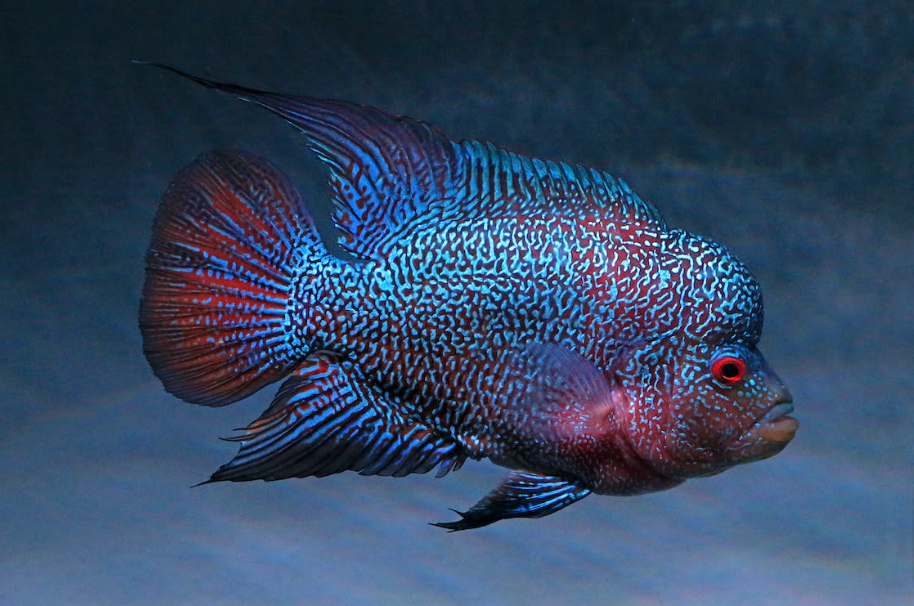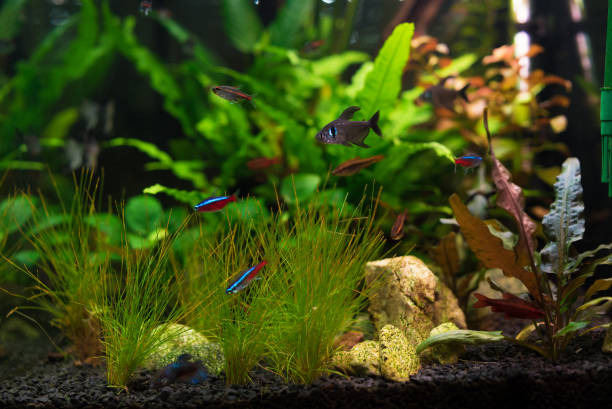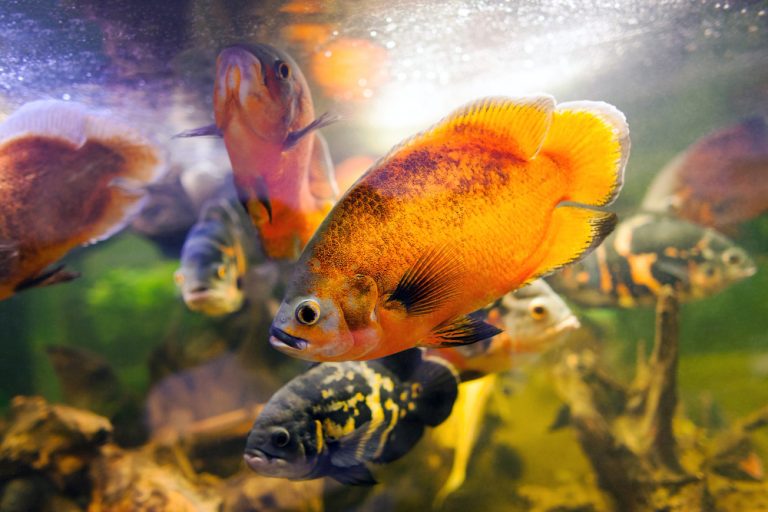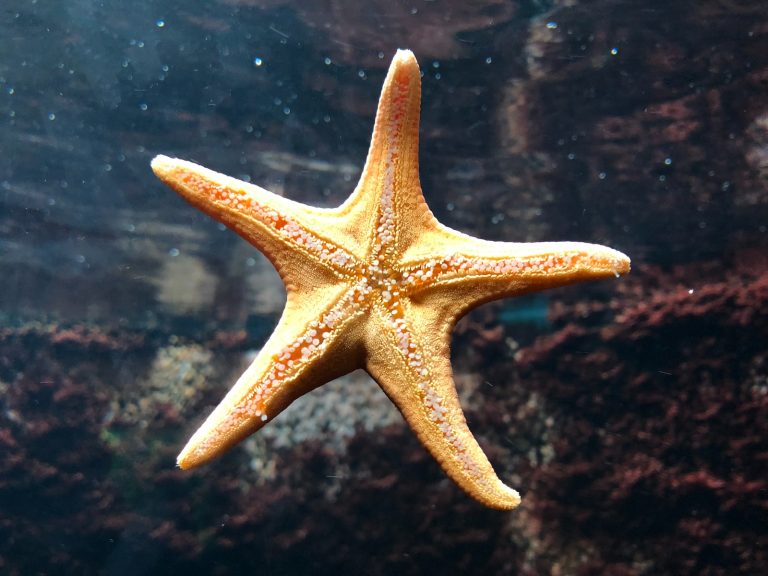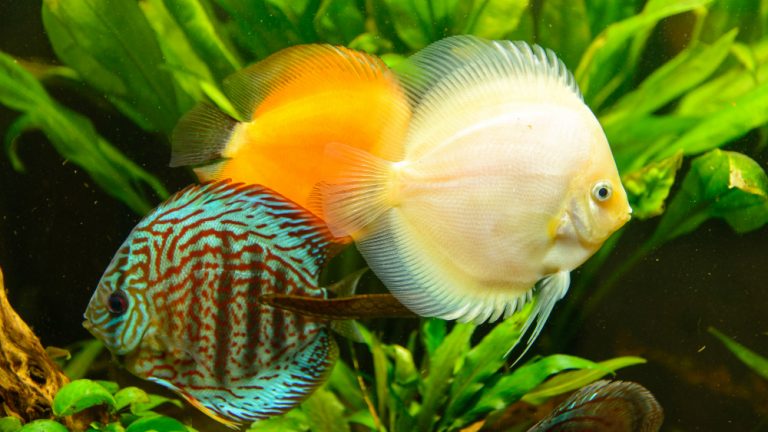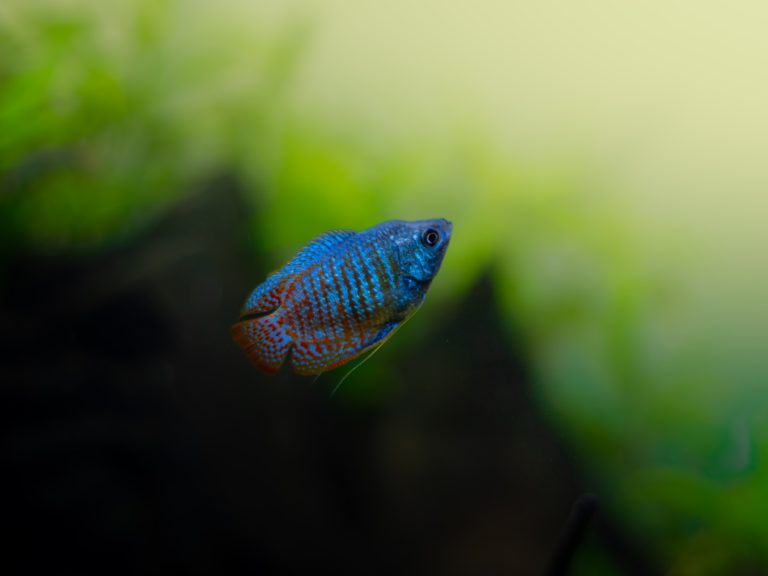Welcome to the mesmerizing world of the Blue Regal Peacock Cichlid. If you’re an aquarium enthusiast or simply captivated by the beauty of aquatic life, you’re in for a treat. In this article, we’ll delve deep into the realm of these stunning fish, exploring their habitat, care, and the sheer magnificence they bring to any aquarium. Join us on this journey, and let’s dive into the enchanting world of the Blue Regal Peacock Cichlid.
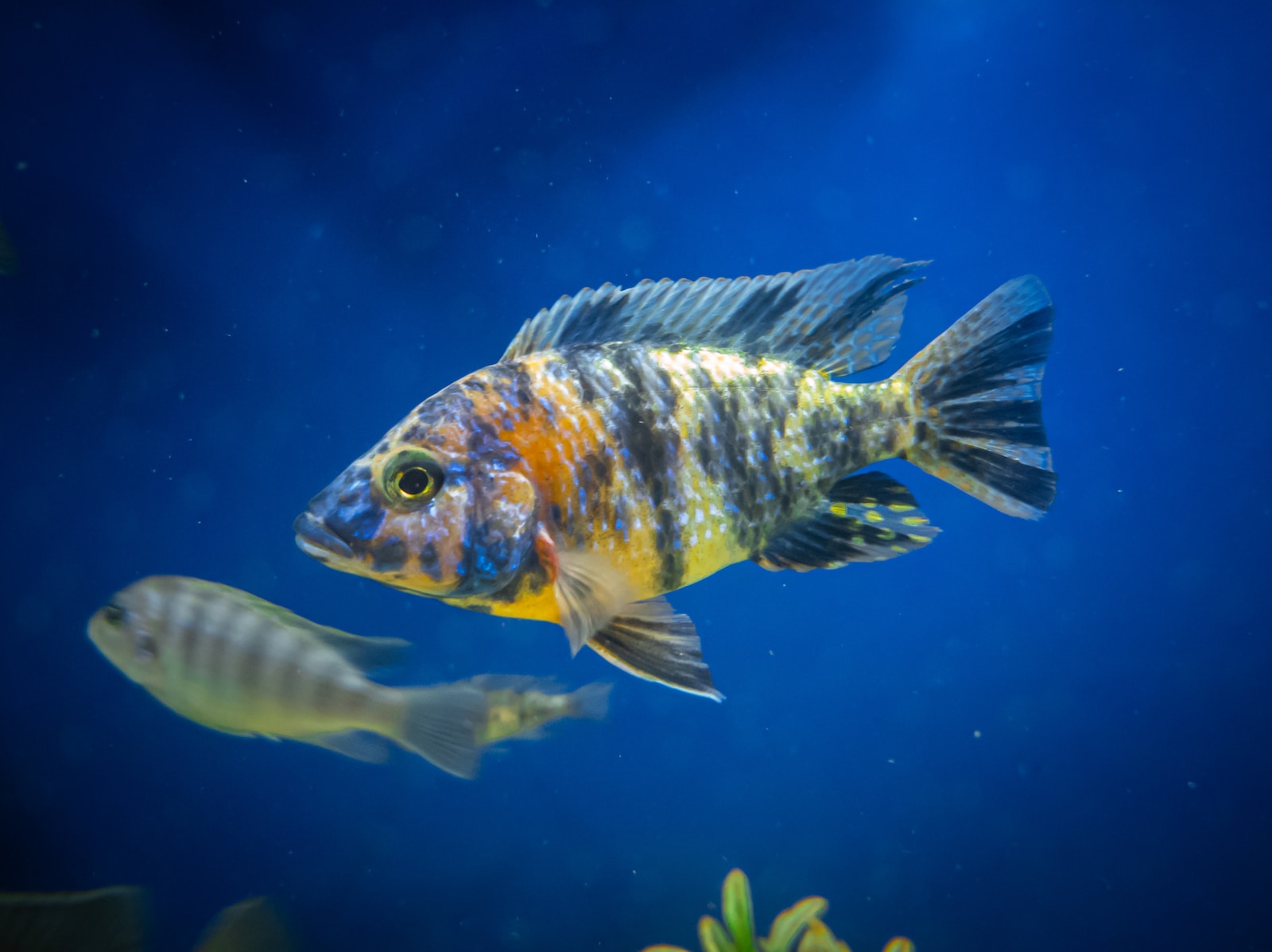
Blue Regal Peacock Cichlid
The Blue Regal Peacock Cichlid, scientifically known as Aulonocara stuartgranti, is a true jewel of the aquarium world. Its name perfectly captures its essence – “blue” for its mesmerizing coloration, “regal” for its dignified appearance, and “peacock” for its graceful fin extensions reminiscent of a peacock’s tail feathers.
Origin and Habitat
Originating from the rocky shores of Lake Malawi in Africa, these cichlids are endemic to the clear, mineral-rich waters of this vast lake. Their striking blue hues are a result of the unique algae and microorganisms found in their natural habitat.
Physical Features
- Distinctive Coloration: The Blue Regal Peacock Cichlid is adorned with brilliant shades of blue, often with metallic glimmers, making them a true showstopper in any aquarium.
- Size: These cichlids typically reach a size of 4 to 6 inches, making them a suitable choice for medium-sized aquariums.
- Fins: Their elongated dorsal fin and anal fin add to their regal appearance, while their caudal fin boasts a striking fan-like shape.

Care and Aquarium Setup
Creating a comfortable and vibrant habitat is essential for the well-being of your Blue Regal Peacock Cichlids. Here are some key considerations:
- Tank Size: A minimum tank size of 30 gallons is recommended for a small group of Blue Regal Peacock Cichlids.
- Water Parameters: Maintain a temperature of 76-82°F and a pH level of 7.8-8.6 to replicate their natural environment.
- Decor: Provide plenty of rocks and caves for hiding spots, as well as sand substrate to mimic their natural sandy habitat.
- Diet: These cichlids are omnivores, so a balanced diet of high-quality pellets, live or frozen food, and vegetable matter is essential.
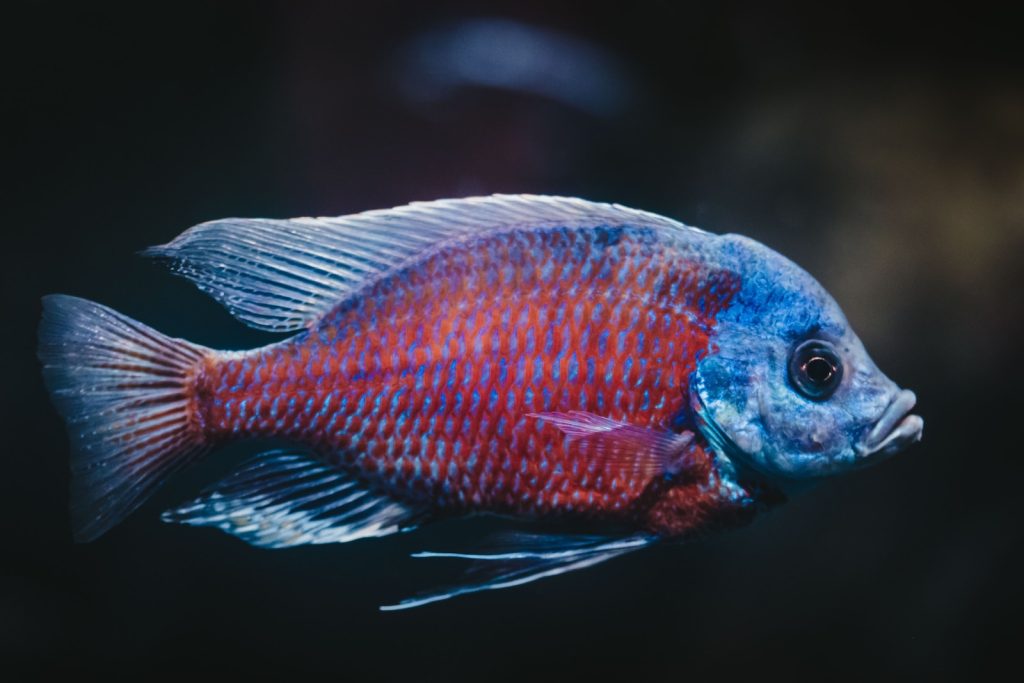
Blue Regal Peacock Cichlid: FAQs
What sets the Blue Regal Peacock Cichlid apart from other cichlid species?
The Blue Regal Peacock Cichlid’s vibrant blue coloration and elegant fin extensions make them stand out in the world of cichlids.
Can these cichlids coexist with other fish species in an aquarium?
While they can coexist with other non-aggressive cichlid species, it’s best to keep them in a species-specific tank to showcase their full splendor.
What is the ideal male-to-female ratio for breeding Blue Regal Peacock Cichlids?
To reduce aggression, maintain a ratio of one male to several females in a breeding tank.
Are these cichlids suitable for beginners in the aquarium hobby?
While they are relatively hardy, they are best suited for intermediate or experienced aquarists due to their specific care requirements.
How do I maintain the striking blue coloration of these cichlids?
A well-balanced diet rich in color-enhancing foods and proper water conditions will help maintain their vibrant colors.
Can these cichlids adapt to different water conditions outside of Lake Malawi?
They are best kept in water conditions that closely resemble those of Lake Malawi for their optimal health and coloration.
Conclusion
In conclusion, the Blue Regal Peacock Cichlid is a true marvel of the aquatic world. Their striking appearance, unique habitat, and care requirements make them a fascinating addition to any aquarium. By following the guidelines mentioned in this article, you can create a thriving habitat for these majestic cichlids and enjoy their beauty for years to come.
Thank you for exploring the enchanting world of the Blue Regal Peacock Cichlid with us. If you have any more questions or want to share your experiences, feel free to leave a comment below.
